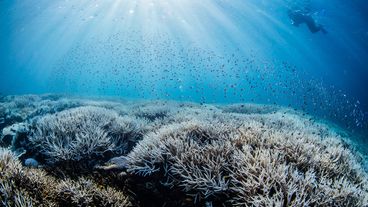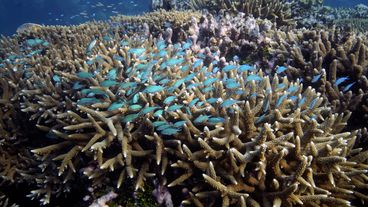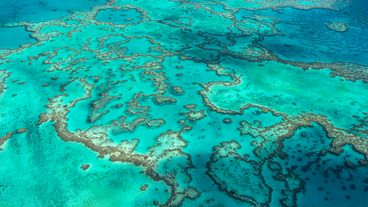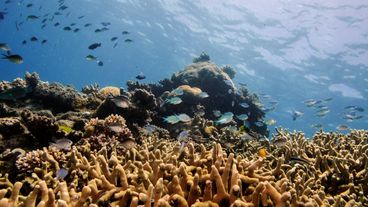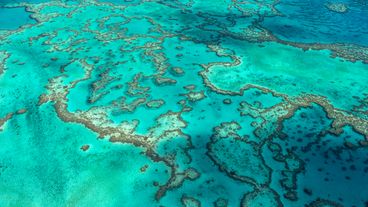Great Barrier Reef
For the first time, extreme levels of bleaching have been seen along all regions of Australia's iconic reef.
Researchers in Australia think that singing played an outsized role in attracting mates when populations were severely depleted.
“If you’re surprised by this, you haven’t been paying attention," a coral reef scientist said.
It’s the first time that a mass bleaching has happened during a La Niña year, when the ocean is supposed to be cooler than usual.
WHAT'S HAPPENING
The world is changing before our eyes. With global warming, human damage and the disintegration of traditions, the threat to planet Earth's most beautiful wonders is very real. Now is the time to witness these precious places before they change forever.
Scientists had hoped a cooler La Niña would give the reef time to recover from previous mass bleachings in 2016, 2017 and 2020.
The funding doesn't include any significant effort to address the root cause of the reef's demise: climate change.
Reef scientists have called for urgent action on climate change or humanity could have a very different underwater world by midcentury.
Climate change remains the greatest threat to the iconic structures, which are disappearing around the globe at dire rates.
Back-to-back mass bleaching events have devastated large parts of the reef, prompting dire warnings of climate change.












